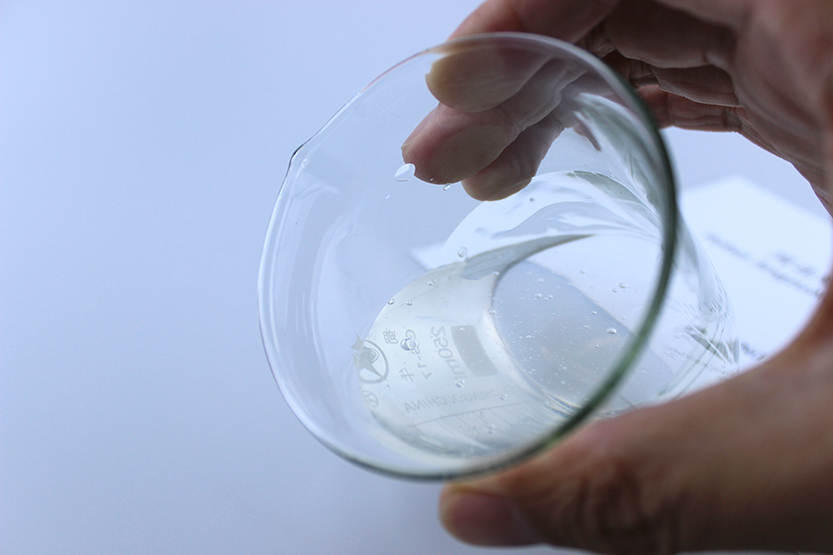
Set . 03, 2024 00:47 Back to list
hpmc-hydroxypropyl methyl cellulose factory
The Role of Hydroxypropyl Methylcellulose (HPMC) in Modern Industries
Hydroxypropyl Methylcellulose (HPMC) is a versatile, non-ionic cellulose ether that has gained significant attention in various industries, including pharmaceuticals, food, cosmetics, and construction. Derived from natural cellulose, HPMC is synthesized through the modification of cotton or wood pulp, resulting in a product that exhibits unique chemical and physical properties.
One of the primary characteristics of HPMC is its solubility in water, which makes it an excellent emulsifier and thickening agent. In the pharmaceutical industry, HPMC is widely used as a binder and coating agent in tablet formulations. The ability to control the release of active ingredients makes HPMC an essential component in sustained-release medications. Its safety and non-toxic nature allow it to be utilized in various dosage forms, including oral tablets, capsules, and even as a component in eye drop formulations.
The Role of Hydroxypropyl Methylcellulose (HPMC) in Modern Industries
Cosmetic and personal care products also benefit from HPMC’s properties. Its thickening and film-forming capabilities make it a common ingredient in lotions, creams, and shampoos. By improving the texture and consistency of these products, HPMC enhances the overall user experience. Additionally, it acts as a stabilizer for emulsions, ensuring that oil and water mixtures remain homogeneous over time.
hpmc-hydroxypropyl methyl cellulose factory

The construction industry has also recognized the advantages of HPMC, utilizing it as a water-retaining agent in mortars and adhesives. In plaster, tile adhesives, and dry mix mortars, HPMC improves workability, enhances adhesion, and prolongs the open time, allowing for better application and finishing. Its ability to retain water is especially crucial in preventing the premature setting of cement, ultimately leading to stronger and more durable structures.
The production of HPMC involves a careful and controlled process that ensures high purity and consistency. Manufacturers invest in advanced technologies and quality control procedures to meet the stringent requirements of various industries. The continuous innovation in the formulation and production processes reflects the growing demand for HPMC and its derivatives in an ever-evolving market.
As sustainability becomes a prominent concern for industries, the demand for natural and eco-friendly products is on the rise. HPMC, being derived from cellulose, offers a renewable alternative to synthetic additives, positioning itself as a favored choice among environmentally conscious consumers and manufacturers.
In conclusion, Hydroxypropyl Methylcellulose is a remarkable material that has become integral to multiple sectors, including pharmaceuticals, food, cosmetics, and construction. Its unique properties and versatility make it indispensable in formulating products that meet contemporary needs while maintaining quality and safety. As industries continue to innovate and evolve, HPMC will undoubtedly play a significant role in shaping the future of product formulations.
-
Unlocking the Benefits of HPMC Products: A Gateway to Versatile Applications
NewsAug.07,2025
-
Unleashing the Potential of HPMC Ashland: A Comprehensive Look
NewsAug.07,2025
-
Tile Bonding Cellulose: The Key to Superior Adhesion and Durability
NewsAug.07,2025
-
Hydroxypropyl Methylcellulose Powder: The Versatile Component in Modern Pharmaceuticals
NewsAug.07,2025
-
Hydroxyethyl Cellulose: The Versatile Solution for Various Industries
NewsAug.07,2025
-
Hydroxyethyl Cellulose (HEC): The Versatile Polymer for Various Applications
NewsAug.07,2025







